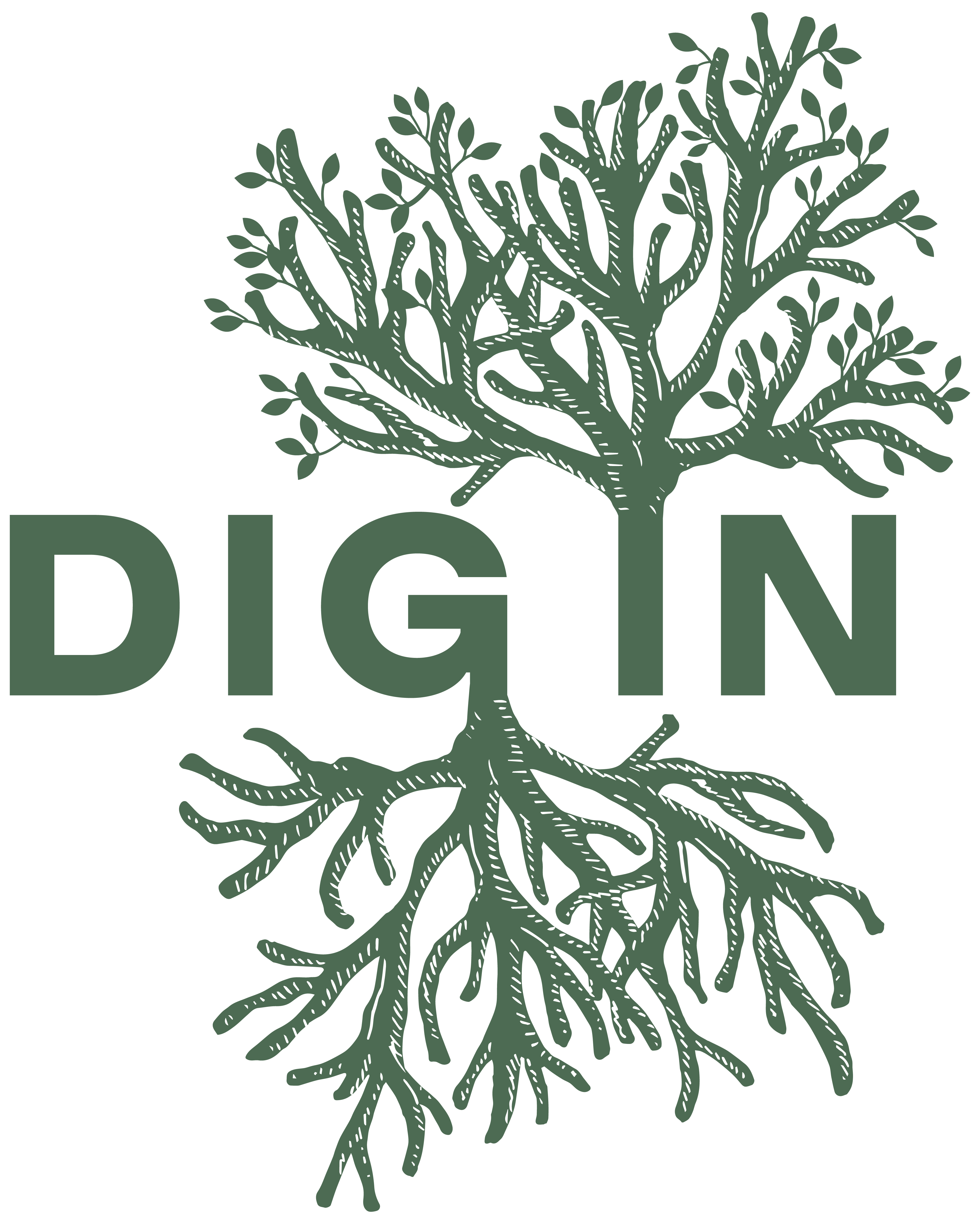I spent the summer traveling;
I got halfway across my backyard.
–Louis Agassiz
I just tried my hand (and eyes) at a technology fast, a digital detox. No screens or gadgets of any kind for a few days. It made the quote above from naturalist Louis Agassiz even more striking.
We’ve come to prize-and prioritize in many cases-our online existence and it may be that virtual reality is becoming more real every day. Not many days go by where we don’t take the time to check and respond to e-mail, post to Facebook (or any number of social media platforms), talk on the phone, watch TV. These practices shape our schedules-or at least fill our time in between meetings, on commutes, or as an activity with family or friends.
I usually take a late summer break to “re-connect” and this year, that involved both taking a “stay-cation” and taking a few days to not use any devices or stare at any screens. I love the Terry Tempest Williams quote “Perhaps the most radical act we can commit is to stay home.” In a world where we are always moving, always seeking a new destination, there is a power to staying put. This is increasingly true in a world where our “connections” are often mediated by technology.
 I typically take a day a week to not turn on my computer, and we try to be selective about how much TV we take in. But I still frequently have my phone nearby, essentially a tiny screen where I stay tethered to more information than anyone could possibly process. In not using any technology for a few days, I noticed the increased presence I felt-both in connections to others, connections to what was happening around me, and connections to my own feelings -which is all usually there, but tempered by the ironic ability to “connect” at any point.
I typically take a day a week to not turn on my computer, and we try to be selective about how much TV we take in. But I still frequently have my phone nearby, essentially a tiny screen where I stay tethered to more information than anyone could possibly process. In not using any technology for a few days, I noticed the increased presence I felt-both in connections to others, connections to what was happening around me, and connections to my own feelings -which is all usually there, but tempered by the ironic ability to “connect” at any point.
In one of his early books, The Age of Missing Information, Bill McKibben records and watches 24 hours of all 93 stations of the Fairfax, VA cable network (which dates this 1992 book!). He contrasts that with 24 hours spent hiking and camping in his native Adirondacks. Of course, his observations are striking about the kind of “information” we receive mediated by a screen, and that which comes to us via nature, via the real world.
There is no avoiding the fact that technologies like e-mail and others that allow instantaneous communication are here to stay-and evolving. We’re now exploring the potential of the internet of things, as more and more everyday objects–our cars, our refrigerators–are connected and able to talk with each other, self-adjust, provide us with feedback, or tell us that “it’s time to buy more….”
There’s something insidious about this convenience that we should remain aware of: both in the way it affects our relationship to inanimate objects (see the movie Her) and more importantly, in the way it affects our relationships to ourselves, to others, and to the places we live, work, and play.
A recent article in the New York Times (and many others like it) on Dealing with Digital Cruelty talks about the ways in which we behave differently on-line than in person, why that is the case, and what to do about interacting on-line. I’ve always said that on-line communications are not “communications” per se, but ways of transferring information. I think it’s important to have a digital commons, and am always struck by the depth (sometimes possible and sometimes not) people attempt via a technology-mediated exchange.
It reminds me of one of my favorite bumper stickers: “Discuss complex and challenging issues via bumper stickers.”
I am admittedly biased, as my work has always been about face-to-face interaction and about real places-about community building, place-making, leadership development, network creation, and organizational culture and effectiveness. It is critical–whatever the technology is–to use our tools wisely. The insightful elements of science fiction–think Star Trek, the Planet of the Apes, Avatar, the Terminator movies or take your pick–are not that they paint a picture of a possible future, but provide a window into the very real present. While we can’t “jump to hyperspace” or travel time (yet), our culture shifts with every technological innovation-and it’s up to us to decide how that change happens in our lives.
During a place-based learning workshop with that I led with the New Leaf Collaborative earlier this month, I was moved by the reflections that student participants shared about how using place and community as a medium for learning had changed their lives. As many schools are adopting technology as a tool for learning and cultivating the citizens of the future–and as we sense its ubiquity in our lives–I hope that we can find a graceful balance in not forgetting meaningful interaction with the people and places that shape us.

